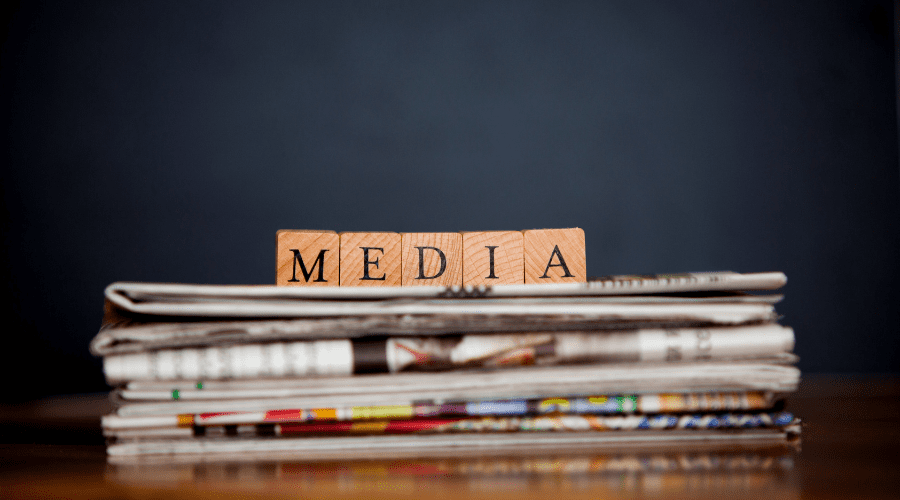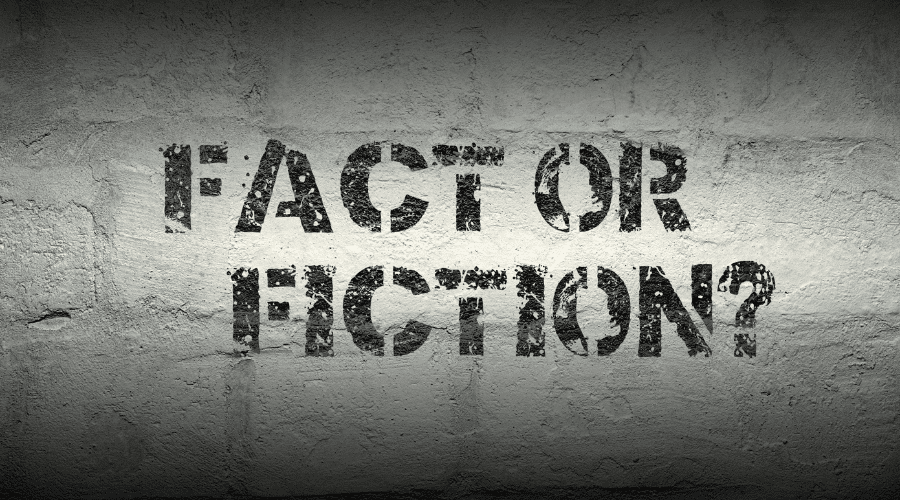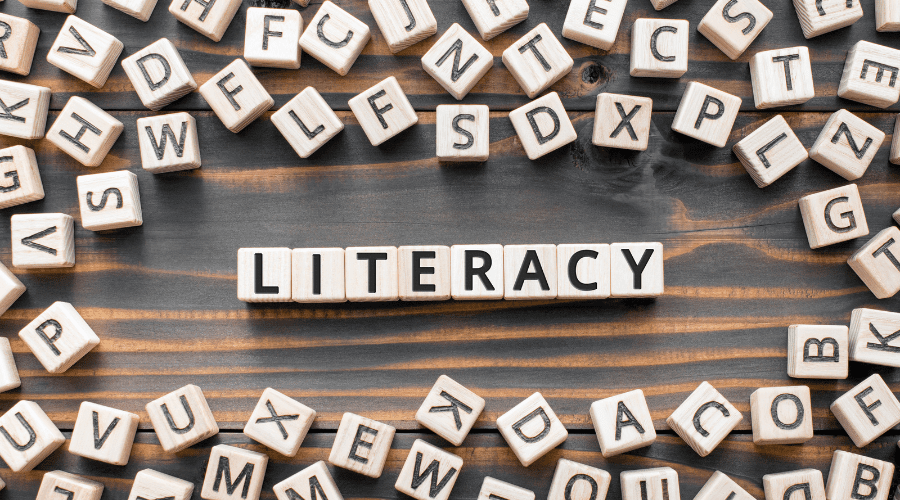50 years ago, “media” comprised the regular newspapers as well as selected radio and TV programmes. Folk selected what they wanted and balanced the opinions they received, and a key differentiator to today is that they had time to consider what they were engaging with. Now, we are immersed in maelstrom of media content through our use of social media and the push programmes that flood us with content. This leaves us vulnerable to ill-informed opinions and viewpoints, developed simply because of the pace at which we consume content. The key challenge is that individuals don’t comprehend the impact of media on society: how it shapes and influences what we do, and why that matters.
What to do? Get media literate.
To be media literate is to be able to think critically about all information consumed through media, which is any form of publishing including digital, written, audio, print, and broadcast, spanning TV, radio, internet, and social media. Media literacy is our ability to apply critical thinking and to retain an objective viewpoint, in the middle of this media storm.

Despite obvious bias within content, and a somewhat inseparable position in modern society, media is typically viewed as a form of entertainment, and by entertaining, is therefore considered as entirely lacking in influence or consequence, despite plenty of evidence to the contrary. Put simply, most individuals don’t identify a connection between the media they consume and the opinions that they share. The reason that this is a problem is that the sheer volume of media we consume creates significant and growing influence, without our own awareness of just how much we are influenced.
What’s more, people usually view themselves as skilled in identifying fact from fiction, leading to the notion that they are not influenced, and will not be taken in by media. As explored by Dill-Shackleford in her book How fantasy becomes reality (2009), “it is a widespread belief that when one reaches the age that one can differentiate between fact and fiction in the media, one is no longer subject to learning or persuasion through fictional media”. Dill-Shackleford goes on to explore the connection between media and the transfer of impressions, emotions, ideas, and notions to the consumer. This is where media literacy comes in. Put simply, media literacy is the application of critical thinking to information consumed through media.

According to a 2010 report, children between the ages of 8-18 spent just over 7.5 hours per day consuming entertainment media outside of school. Updated reports such as Guttmann (2023) highlight little change, with the average adult worldwide consuming 7 hours 52 minutes of media per day. In and of itself, time spent on media is not the problem, it is the potential exposure to content with a specific agenda, bias, or general negative influence that creates the need for improved media literacy.
Many studies have explored the connection between media consumption and consequence, establishing causal connection with health issues including obesity, low self-esteem, and body dysmorphia; coercive control issues including bullying; and even connection to conspiracy or violent beliefs through consumption of misinformation. For example, Scharrer and Ramasubramanian (2015) noted that media can fuel racial and ethnic stereotyping, but that media literacy education can result in a reduction in prejudice, and an appreciation for diversity. Meanwhile, Halliwell et al. (2011), and Coughlin & Kalodner (2006) both led studies highlighting the connection between media exposure and body dissatisfaction, as well as media literacy as an intervention. More recent studies such as Kahne & Bowyer (2016) and Melki et al. (2021) have explored the connection between improved media literacy and better identification of misinformation and fake news finding that practised critical thinking can offer better identification. What these studies all have in common is that improved media literacy can drive a reduction in negative influence by the media, which can only be a good thing.
Amid recent advancements in AI content generation – see ChatGPT and Google AI – media literacy is going to have an ever more essential role in the coming years. AI is a powerful tool in creating deeply “researched” content, but these tools currently do not conduct their own independent research, instead relying on the information to which they have access. This means, if they can access only materials with a specific political agenda for example, the output from the AI will likely also contain the same bias. Naturally, their strength comes in the assessment of vast swathes of information, but that will automatically include content with a specific agenda such as disinformation campaigns, leading to at least some influence to their output.
For us, media literacy is an intrinsic part of critical thinking. It incorporates our ability to understand the messages we are receiving and the framework and potential bias in which they exist, assess those messages within our own cognitive framework, and ultimately reach a point of reduced influence. Media is and can be incredibly positive, but it is up to us to ensure we benefit from its publication, and don’t become victim to its darker side.
Other blogs posts you might find interesting:
- Are algorithms affecting how we think?
- Does television contribute to misinformation?
- Is modern media killing critical thinking?
- Combatting misinformation with the rule of five.
Sources:
- Dill-Shackleford KE. How Fantasy Becomes Reality. New York: Oxford University Press; 2009
- Scharrer E, Ramasubramanian S. Intervening in the Media’s Influence on Stereotypes of Race and Ethnicity: The Role of Media Literacy Education. Journal of Social Issues.
- Coughlin JW, Kalodner C. Media literacy as a prevention intervention for college women at low- or high-risk for eating disorders. Body Image. 2006
- Scharrer E, Ramasubramanian S. Intervening in the Media’s Influence on Stereotypes of Race and Ethnicity: The Role of Media Literacy Education. Journal of Social Issues. 2015
- Halliwell E, Easun A, Harcourt D. Body dissatisfaction: Can a short media literacy message reduce negative media exposure effects amongst adolescent girls? Br J Health Psychol. 2011
- Kahne J, Bowyer B. Educating for Democracy in a Partisan Age: Confronting the Challenges of Motivated Reasoning and Misinformation. Am Educ Res J. 2016
- Melki J, Tamim H, Hadid D, Makki M, El Amine J, Hitti E. Mitigating infodemics: The relationship between news exposure and trust and belief in COVID-19 fake news and social media spreading. PLoS One. 2021

